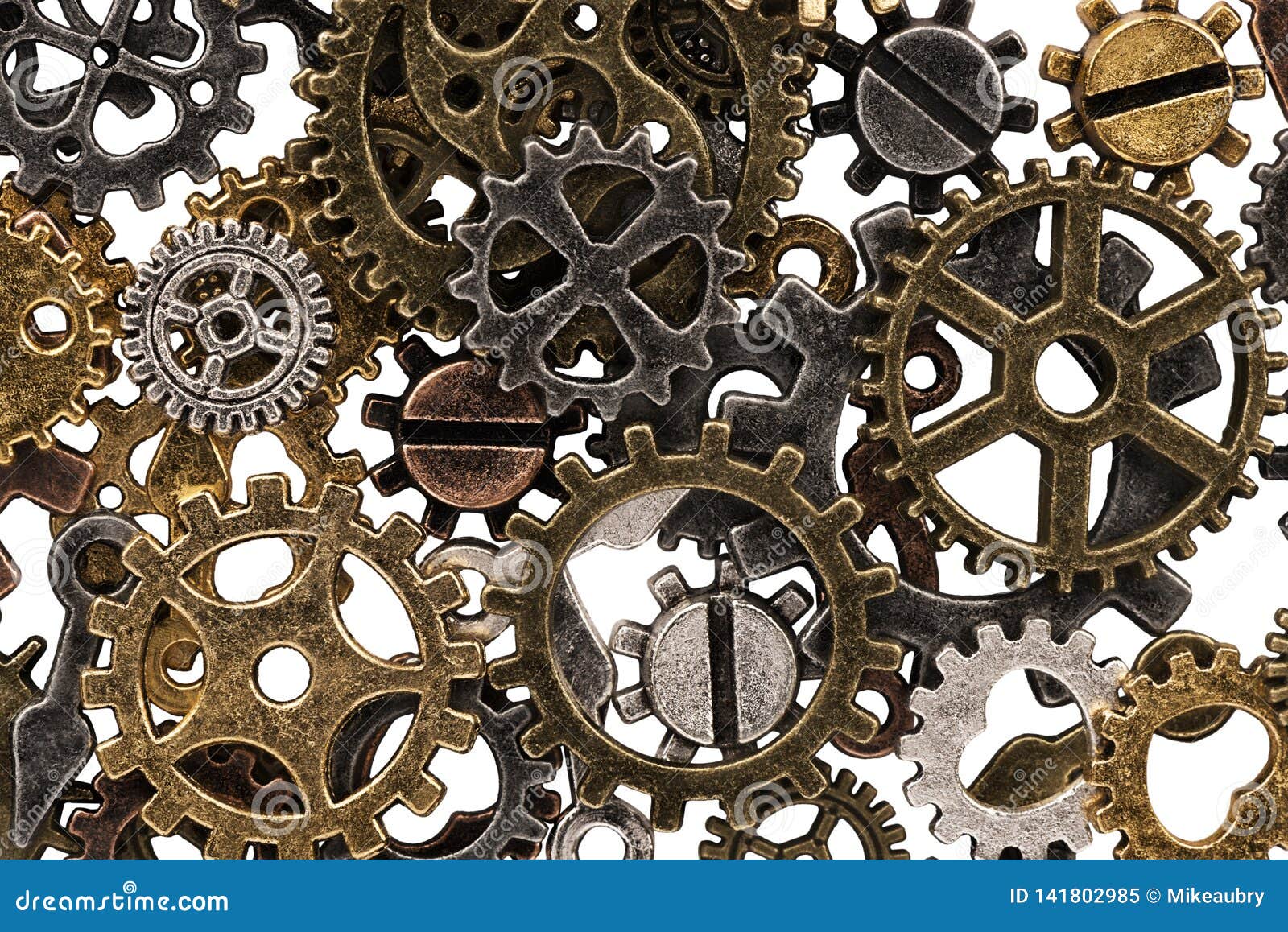

Gears work by simply multiplying the number of sprockets found on your rear drivetrain and the number of chainrings you have beside your crank arms. This covers the shifters, front derailleur, rear gears derailleurs, cranks, chain, and cogs. The drivetrain is a collective term of all the components that make up your bike’s engine. They are also referred to as the letter “t”.

Teeth are the small spikes that protrude on the sides of a chainring and cog. Meanwhile, premium bikes that have 1x drivetrains only have a rear-wheel derailleur. Most budget bikes have a front derailleur and rear derailleur. In simpler words, it moves your chain to another cog so you can gain the required speed and amount of effort needed to go past trails. Derailleursĭerailleurs are the technical component of a drivetrain that is responsible for shifting your gears.

The top-of-the-line bikes have 12 gears in total. However, there are higher-end models that have more cogs. It usually has 7 cogs in it, which means that it is a 7-speed bike. This contains multiple cogs or gears ranging in different sizes. CassetteĪ cassette is a group of sprockets or cogs found at the back section of your drivetrain. It is also attached directly to your right crank, just on the side of your right foot. This can be found on the front section of your drivetrain. The chainring is a ring that has multiple teeth on its sides. The first term you should know is the chainring. Important Terminologies to Know Chainring It’s all a matter of knowing your required speed so you can choose the right gear. On the other hand, you can shift to the smallest cog if you want to go as fast as possible when riding downhills or flat section trails and paved roads. Shift to the biggest cog if you want to have more power when climbing uphills. The cogs also vary in size, ranging from the biggest to the smallest. This serves as the speed option for the rider.


 0 kommentar(er)
0 kommentar(er)
